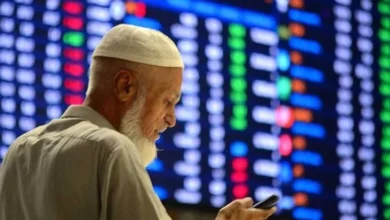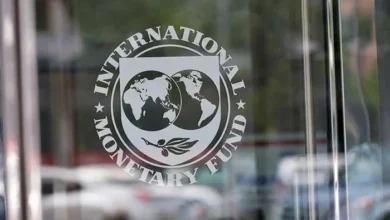Oil prices jumped more than 3% on Thursday, extending gains from the previous session, as India buyers started reviewing their Russian oil purchases after the U.S. imposed sanctions on major suppliers Rosneft (ROSN.MM), opens new tab and Lukoil (LKOH.MM), opens new tab over the Ukraine war.
Brent crude futures were up by $2.12, or 3.4%, at $64.71 per barrel by 0614 GMT, while U.S. West Texas Intermediate crude futures were up $2.09, or 3.6%, at $60.59.
The U.S. said it was prepared to take further action as it called on Moscow to agree immediately to a ceasefire in its war in Ukraine.
Britain sanctioned Rosneft and Lukoil last week. Separately, EU countries approved a 19th package of sanctions against Russia for the war that includes a ban on imports of Russian LNG.
“President Trump’s fresh sanctions hitting Russia’s biggest oil houses aim squarely at choking Kremlin war revenues – a move that could tighten physical flows of Russian barrels and force buyers to re-route volumes onto the open market,” said Phillip Nova’s senior market analyst Priyanka Sachdeva.
Right after the U.S. sanctions were announced, Brent and WTI futures rose by more than $2 a barrel, boosted as well by a surprise decline in US stockpiles.
“If New Delhi trims purchases under U.S. pressure, we could see Asian demand pivot toward U.S. crude, lifting Atlantic prices,” she added.
Indian refiners are poised to sharply curtail imports of Russian oil following the new sanctions, industry sources said on Thursday. India has become the biggest buyer of discounted seaborne Russian crude in the aftermath of Moscow’s 2022 invasion of Ukraine, importing about 1.7 million barrels per day in the first nine months of this year.
Sources said privately-owned Reliance Industries, the top Indian buyer of Russian crude, plans to reduce or halt such imports completely, according to two sources familiar with the matter.
Indian state refiners rarely buy Russian oil directly from Rosneft and Lukoil as their purchases are typically done through intermediaries, trade sources said.
But scepticism in the market as to whether the U.S. sanctions would lead to a real fundamental supply-demand shift limited oil’s gains.
“The new sanctions are certainly upping the ante between US and Russia but I see the oil price jump more like a knee-jerk reaction by the markets rather than a structural shift,” said Rystad Energy’s global market analysis director, Claudio Galimberti.
“So far, almost all the sanctions against Russia for the past 3.5 years have mostly failed to dent either the volumes produced by the country or the oil revenues,” he said, adding that some buyers of Russian oil in India and China had been continuing their purchases.
In the near-term, markets were eyeing a surplus in OPEC+ supplies, due to unwinding production cuts, to be a key price driver.
“The three factors I will be watching going into Nov are OPEC+ unwinding, China’s crude stockpiling, and the wars in Ukraine and Mid-east, in this order,” said Galimberti.







